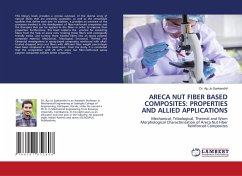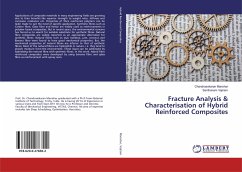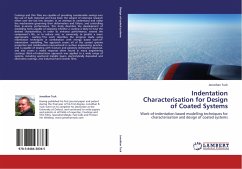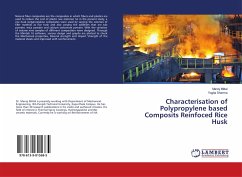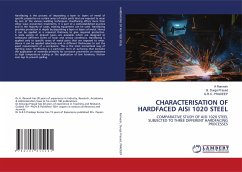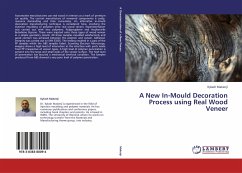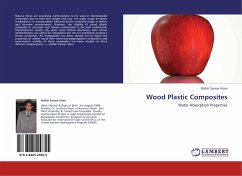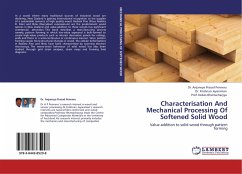
Characterisation And Mechanical Processing Of Softened Solid Wood
Value addition to solid wood through pattern forming
Versandkostenfrei!
Versandfertig in 6-10 Tagen
38,99 €
inkl. MwSt.

PAYBACK Punkte
19 °P sammeln!
In a world where many traditional sources of industrial wood are declining, New Zealand is gaining international recognition as the supplier of a sustainable resource of high quality wood. Radiata Pine (Pinus Radiata D. Don) and Rimu (Dacrydium cupressinum) are the predominant wood species in New Zealand and value-addition to these woods has significant commercial attraction. This book describes a manufacturing process namely, pattern forming in which low-value sapwood is bulk-formed to create high-value products such as interior decorative panels for ceilings, walls and floors in a semi-conti...
In a world where many traditional sources of industrial wood are declining, New Zealand is gaining international recognition as the supplier of a sustainable resource of high quality wood. Radiata Pine (Pinus Radiata D. Don) and Rimu (Dacrydium cupressinum) are the predominant wood species in New Zealand and value-addition to these woods has significant commercial attraction. This book describes a manufacturing process namely, pattern forming in which low-value sapwood is bulk-formed to create high-value products such as interior decorative panels for ceilings, walls and floors in a semi-continuous or continuous manner. Since pattern forming causes micro-structural changes in wood, the cellular deformations in Radiata Pine and Rimu have been characterised by scanning electron microscopy. The macro-strain behaviour of solid wood has also been studied through grid strain analyses, strain maps and forming limit diagrams.



